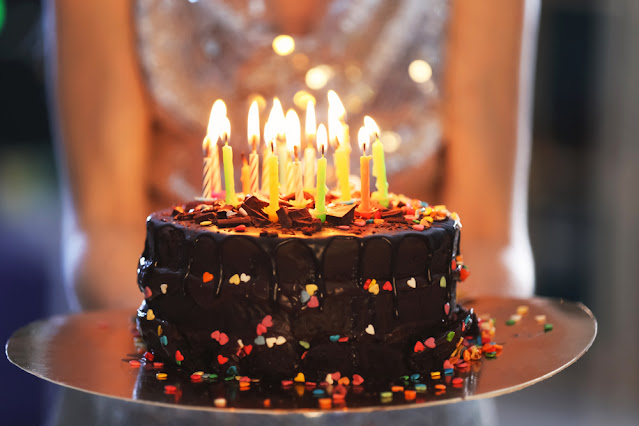How Long Do Cake Candles Burn
When it comes to cake candles, one of the foremost questions that often arises is, "How long do cake candles burn?" This query is pertinent for several reasons. Candle enthusiasts, gift-givers, event planners, and those seeking to infuse their space with delightful aromas all want to ensure they get the most out of their candles. To address this question comprehensively, we'll explore various factors that influence the burn time of cake candles, including candle size, wax type, wick material, and burning conditions.
Understanding Burn Time:
The burn time of a cake candle refers to the duration it takes for the candle to consume all its wax and extinguish naturally. However, this timeframe can vary significantly depending on multiple factors.
1. Candle Size:
One of the primary determinants of burn time is the size of the candle. Larger cake candles, typically with a higher volume of wax, tend to burn for a longer duration compared to smaller ones. A standard-sized cake candle, approximately 3 inches in diameter and 4 inches in height may burn for anywhere between 20 to 40 hours, depending on other influencing factors.
2. Wax Type:
The type of wax used in cake candles plays a crucial role in burn time. Common wax types include paraffin wax, soy wax, beeswax, and palm wax, each with its unique burning characteristics.
- Paraffin Wax: This traditional wax type, derived from petroleum, is known for its excellent scent throw and relatively longer burn time.
- Soy Wax: Made from soybean oil, soy wax candles typically have a cleaner burn and may last slightly longer than paraffin candles.
- Beeswax: Known for its natural aroma and clean burn, beeswax candles have a longer burn time compared to paraffin and soy candles.
- Palm Wax: Derived from palm oil, palm wax candles often burn longer and cleaner than paraffin candles.
3. Wick Material:
The wick material significantly influences the burn time and performance of cake candles. Cotton wicks are the most common and are generally preferred for their clean and steady burn. However, some candles may incorporate wicks made from other materials like wood or hemp, each impacting burn time differently.
4. Burning Conditions:
The environment in which a candle burns also affects its longevity. Factors such as ambient temperature, air circulation, and humidity can influence the rate at which the wax melts and the candle burns. Additionally, proper candle maintenance, such as trimming the wick and keeping the wax pool clean, can help optimize burn time.
Extending Burn Time:
While the burn time of cake candles is influenced by various factors beyond our control, there are some strategies to maximize their longevity:
- Trimming the Wick: Keeping the wick trimmed to about a quarter of an inch before each use can prevent excessive soot buildup and ensure a more even burn.
- Avoiding Drafts: Placing candles away from drafty areas can prevent uneven burning and help maintain a steady flame.
- Optimizing Burn Length: Burning the candle for shorter periods, such as 2-3 hours at a time, can help extend its overall lifespan.
- Proper Storage: Storing candles in a cool, dry place away from direct sunlight can prevent them from melting or warping prematurely.
Conclusion:
In conclusion, the burn time of cake candles can vary widely depending on factors such as candle size, wax type, wick material, and burning conditions. While larger candles typically burn for longer durations, the type of wax and wick material also play significant roles. By understanding these factors and implementing proper candle care practices, enthusiasts can maximize the burn time and enjoyment of their cake candles, ensuring a delightful sensory experience every time.




Comments
Post a Comment